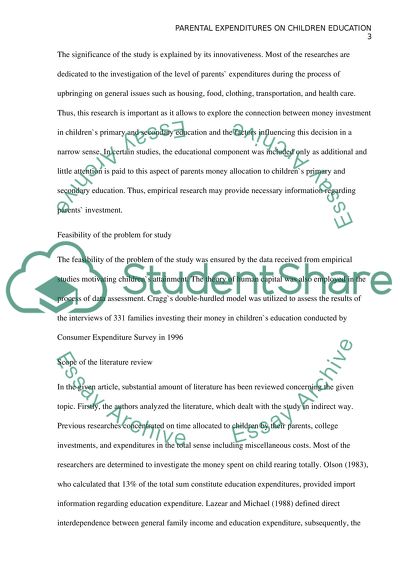Cite this document
(“Parental Expenditures on Children Education Essay”, n.d.)
Parental Expenditures on Children Education Essay. Retrieved from https://studentshare.org/psychology/1639602-parental-expenditures-on-childrens-education-mauldin-teresamimura-yokolino-mark-journal-of-family-and-economic-issues-fall-2001-22-3-proquest-pg-221
Parental Expenditures on Children Education Essay. Retrieved from https://studentshare.org/psychology/1639602-parental-expenditures-on-childrens-education-mauldin-teresamimura-yokolino-mark-journal-of-family-and-economic-issues-fall-2001-22-3-proquest-pg-221
(Parental Expenditures on Children Education Essay)
Parental Expenditures on Children Education Essay. https://studentshare.org/psychology/1639602-parental-expenditures-on-childrens-education-mauldin-teresamimura-yokolino-mark-journal-of-family-and-economic-issues-fall-2001-22-3-proquest-pg-221.
Parental Expenditures on Children Education Essay. https://studentshare.org/psychology/1639602-parental-expenditures-on-childrens-education-mauldin-teresamimura-yokolino-mark-journal-of-family-and-economic-issues-fall-2001-22-3-proquest-pg-221.
“Parental Expenditures on Children Education Essay”, n.d. https://studentshare.org/psychology/1639602-parental-expenditures-on-childrens-education-mauldin-teresamimura-yokolino-mark-journal-of-family-and-economic-issues-fall-2001-22-3-proquest-pg-221.


